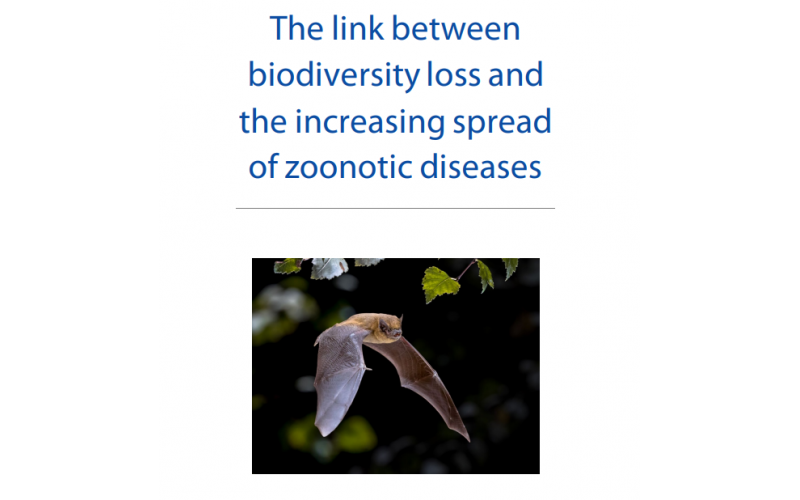Over the last decades, a variety of fatal infectious diseases have had zoonotic origins.
The linkages between hosts, vectors, parasites and pathogens can be influenced by a multitude of factors, such as biodiversity, wildlife and land use. High levels of biodiversity may be a potential source of pathogen transmission, but biodiversity loss can also promote transmission by increasing the number of competent hosts for a pathogen. Biodiversity conservation reduces the risk of zoonotic diseases
when it provides additional habitats for species and reduces the potential contact between wildlife, livestock and humans. Additionally, host and vector managementis a viable option.
Other crucial measures include the restriction and sanitary control of wildlife trade, while considering the needs of indigenous peoples and local communities. Each case requires an assessment of the best way to reduce risk while considering implications for other ecosystem functions or services.

